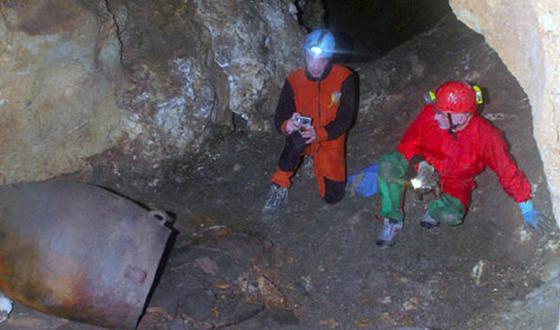While it is believed to have originated elsewhere long before, it is thought that Italian wine got its start in the Middle Bronze Age, sometime around 1,300-1,100 B.C. But new evidence found in a piece of ancient pottery now suggests the Italians developed their penchant for vino long, long before.
A key ingredient that archaeologists look for when tracing the history of wine is tartaric acid. This is an organic acid found in a lot of plants, including many grapes, and when it comes to fermentation it plays a key role in maintaining the chemical stability of the wine. Its presence has revealed wine-making activity in Iran and China as early as 7,000 B.C.
Such work requires a bit of fortune, because to conduct chemical analysis of residues in ancient jars and containers requires those specimens to be intact. But archaeologist Davide Tanasi from the University of South Florida had luck on his side recently, with a dig at a Copper Age site off the southwest coast of Sicily unearthing an intact storage jar from around 4,000 B.C.
He and his team conducted a chemical analysis of the jar and found that residue inside the contains tartaric acid and sodium salt. That makes it the earliest discovery of wine residue in the entire prehistory of the Italian peninsula. The team is now carrying out further studies to work out whether the wine was red or white.
New Atlas

























































